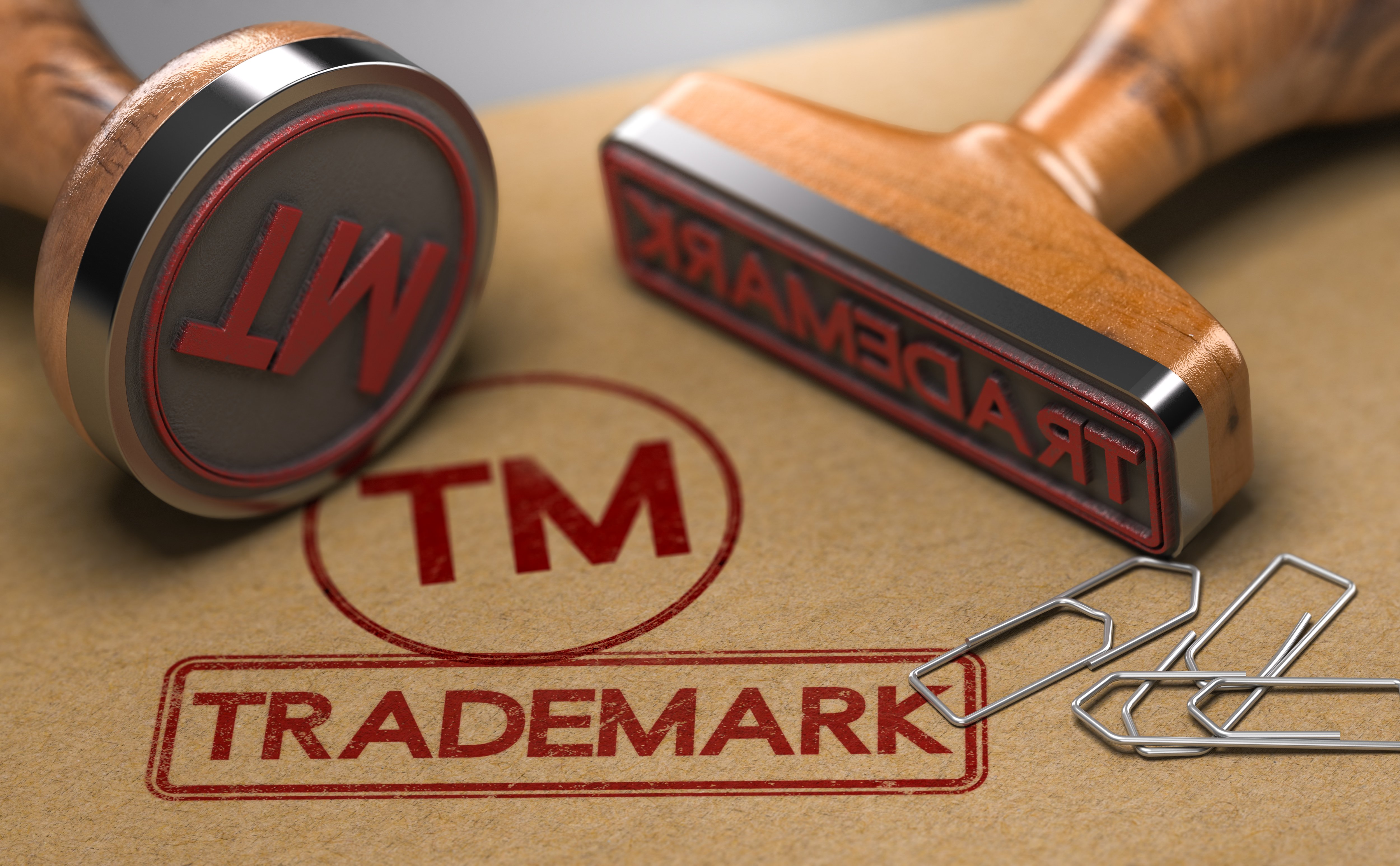2 min read
What is the Difference Between Trademark and Trade Dress?
![]() Brandon Selinsky
:
December 14, 2021
Brandon Selinsky
:
December 14, 2021

Trade dress constitutes a symbol or device within the meaning of 2 of the Trademark Act.[1] It encompasses the total image and overall appearance of a product, not just the packaging: the totality of the elements, including size, shape, color or color combinations, texture, and graphics. Trade dress can be the design of a product (the product shape or configuration), the packaging in which a product is sold, the color of a product or of the packaging in which a product is sold, or even the flavor of a product.
What is the difference?
Trade dress is different from a trademark. A trademark protects a word, phrase, symbol or design, or a combination of words, phrases, symbols or designs, that identifies and distinguishes the source of the goods of one party from those of others. You would likely place your trademark on a product itself or on its packaging; trade dress is the overall look of the product, not just a name or logo. A trademark also affords protection that trade dress does not, e.g., the ability to prevent importation of confusingly similar goods, constructive notice of ownership, incontestable status, and prima facie evidence of validity and ownership.[2]
A trade dress claim can also allow for treble damages, upon a finding that the offending mark was intentionally used as a counterfeit, i.e., a spurious mark which is identical with, or substantially indistinguishable from, a registered mark.[3] In addition, a preliminary injunction may be available if and only if the moving party can demonstrate irreparable harm.[4]
Trade dress may be registered on the Principal Register or Supplemental Register of the United States Patent and Trademark Office (USPTO) if it is inherently distinctive and is not de jure functional. "[A] mark is inherently distinctive if [its] intrinsic nature serves to identify a particular source."[5] The USPTO will consider the following criteria in determining whether a mark is inherently distinctive:
-
a "common" basic shape or design;
-
unique or unusual in the field in which it is used;
-
a mere refinement of a commonly-adopted and well-known form of ornamentation for a particular class of goods viewed by the public as a dress or ornamentation for the goods;
-
capable of creating a commercial impression distinct from the accompanying words.[6]
De jure functionality means that the product has a particular shape because it works better in this shape.[7] If the mark is not inherently distinctive, it may still be registered on the Supplemental Register as long as it is not de jure functional.
Need legal counsel to better understand your trademark? Our attorneys can help. Reach out to us through our contact page, or by clicking on the button below.
Sources:
[1] 15 U.S.C. 1052; Wal-Mart Stores, Inc. v. Samara Bros., 529 U.S. 205, 209-210, 54 USPQ2d 1065, 1065-66 (2000)
[2] Qualitex Co. v. Jacobson Products Co., 514 U.S. 159, 173, 115 S. Ct. 1300, 1308, 131 L. Ed. 2d 248 (1995)
[3] 15 U.S.C. 1127. See Audemars Piguet Holding S.A. v. Swiss Watch Int'l, Inc., No. 12 CIV. 5423 LAP, 2015 WL 150756, at *2 (S.D.N.Y. Jan. 12, 2015) (reversing the award of treble damages upon finding that defendant's watch design was not substantially indistinguishable from plaintiff's registered trade dress).
[4] eBay Inc. v. MercExchange, L.L.C., 547 U.S. 388, 126 S.Ct. 1837, 164 L.Ed.2d 641 (2006)
[5] Walmart, supra.
[6] Tone Brothers, Inc. v. Sysco Corp., 28 F.3d 1192, 1205, 31 USPQ2d 1321, 1331 (Fed. Cir. 1994).
[7] In re R.M. Smith, Inc., 734 F.2d 1482, 1484, 222 USPQ 1, 3 (Fed.Cir.1984).



